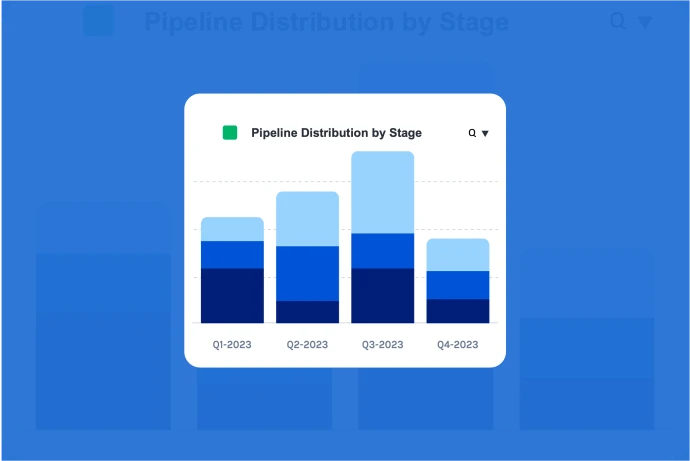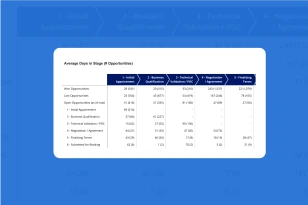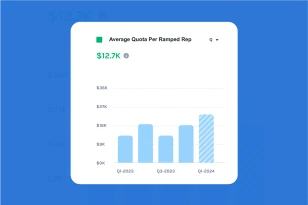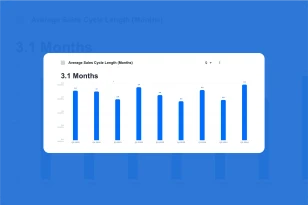What is Pipeline Distribution?
Pipeline Distribution refers to the allocation and distribution of opportunities or leads across different stages of the sales pipeline. It assesses how evenly or strategically leads are distributed, ensuring a balanced and effective progression through the sales process.
Why is Pipeline Distribution important?
Pipeline Distribution is crucial for several reasons:
- Sales Efficiency: It ensures that opportunities are distributed effectively among different stages of the pipeline, preventing bottlenecks and optimizing the use of sales resources.
- Pipeline Health: Monitoring this metric helps maintain a healthy and balanced sales pipeline. It prevents a concentration of leads in certain stages, reducing the risk of revenue gaps and enhancing overall pipeline efficiency.
- Risk Mitigation: A well-distributed pipeline mitigates the risk of uneven revenue generation. It prevents situations where a bulk of opportunities is concentrated in a single stage, which could lead to revenue shortfalls.
- Resource Allocation: It assists in making informed decisions about resource allocation. By understanding how opportunities are distributed, the company can allocate resources strategically to address specific stages of the sales process.
What is the formula for Pipeline Distribution?
Each Pipeline Stage needs to be calculated the following way:
Pipeline Distribution (per Stage) Formula
(Opportunities ($) in certain stage / Total opportunities ($)) * 100
How do you improve Pipeline Distribution?
Enhancing Pipeline Distribution involves optimizing the allocation of opportunities across different stages of the sales process. Here are some strategies to improve this metric:
- Lead Qualification Criteria: Establish clear and specific criteria for progressing leads from one stage to another. Ensure that leads are distributed based on their readiness to move to the next stage.
- Sales and Marketing Alignment: Foster strong alignment between the sales and marketing teams. Ensure that marketing efforts generate leads that align with the sales pipeline stages, facilitating a smoother transition.
- Regular Pipeline Reviews: Conduct regular reviews of the sales pipeline to identify any imbalances or bottlenecks. Use data and analytics to gain insights into how opportunities are progressing through the stages.
- Performance Metrics and Targets: Set performance metrics and targets for each stage of the sales pipeline. Clearly communicate expectations to the sales team and monitor their progress in distributing opportunities effectively.
- Lead Nurturing Programs: Implement effective lead nurturing programs to guide leads through the different stages of the pipeline. Provide valuable content and interactions tailored to the needs of leads in each stage.
- Training and Coaching: Provide training and coaching to the sales team on effective pipeline management. Equip them with the skills and knowledge needed to distribute and manage opportunities strategically.





